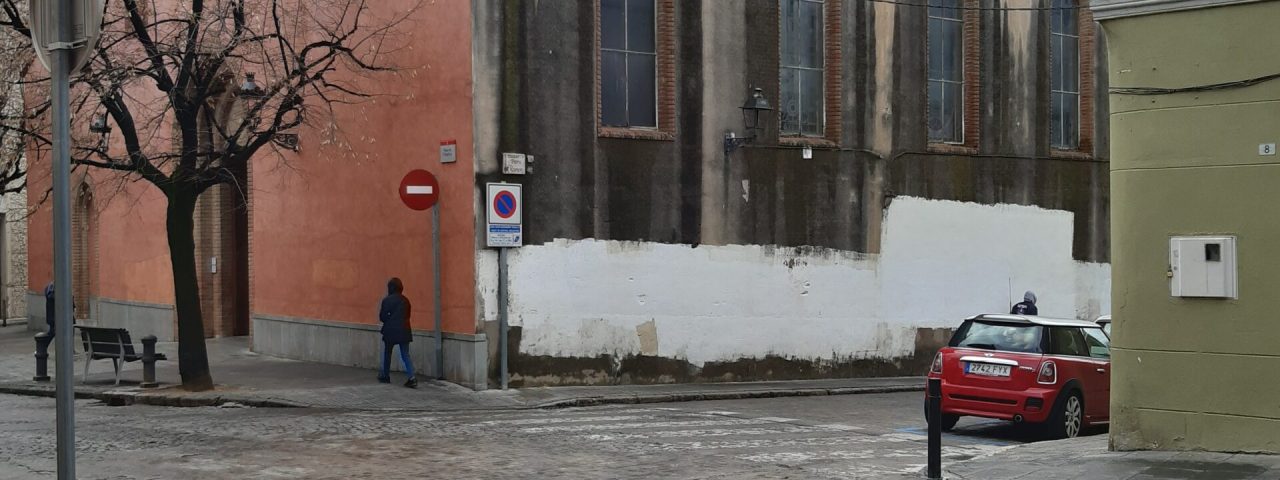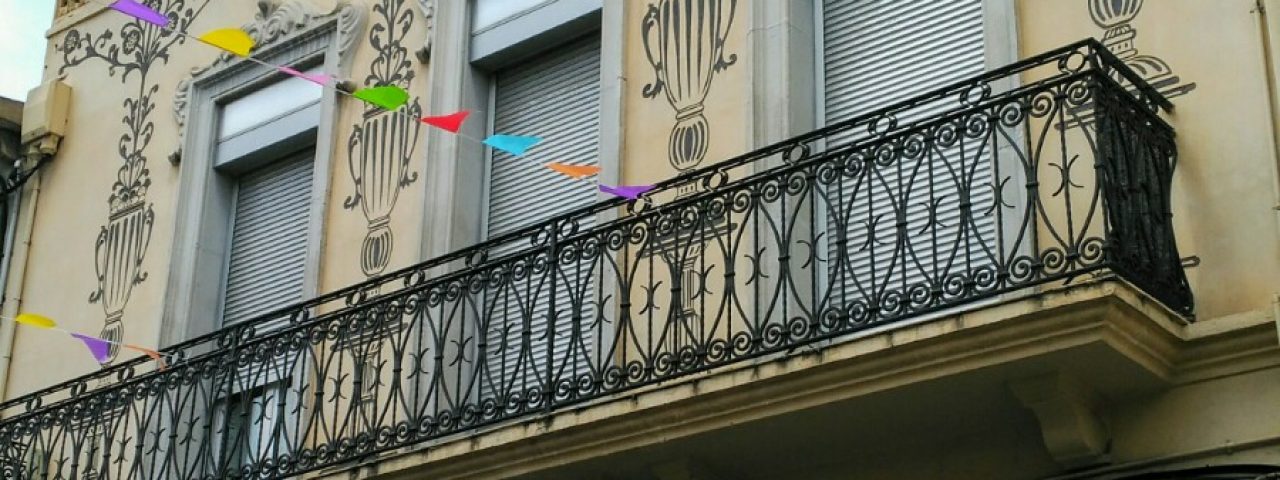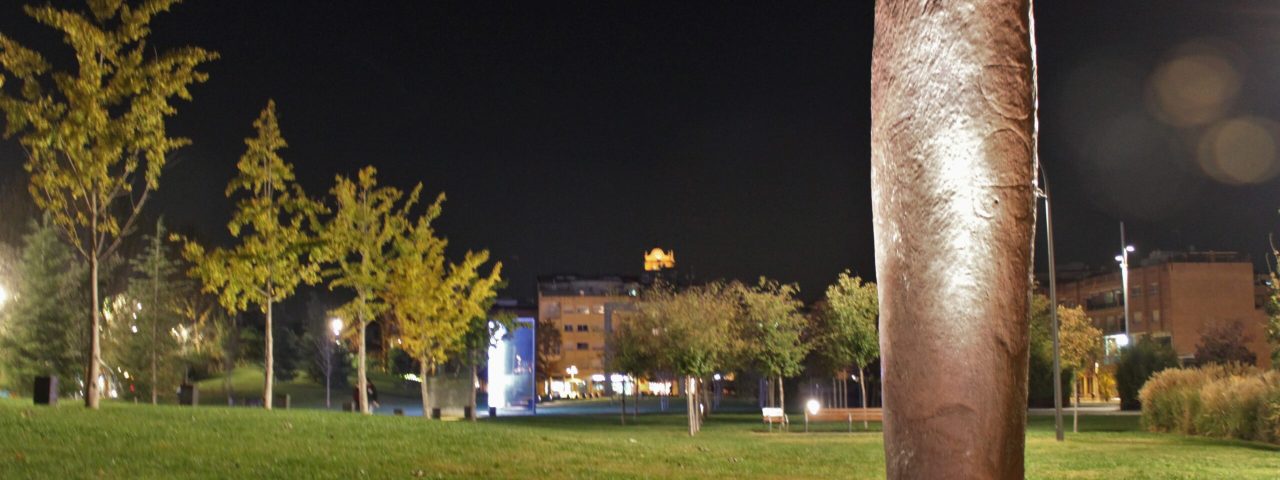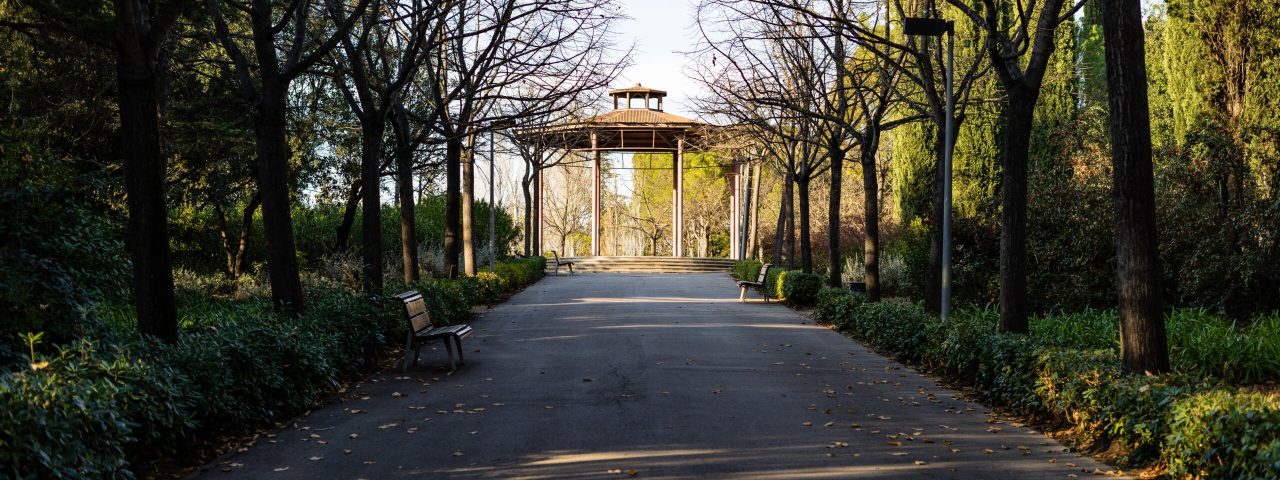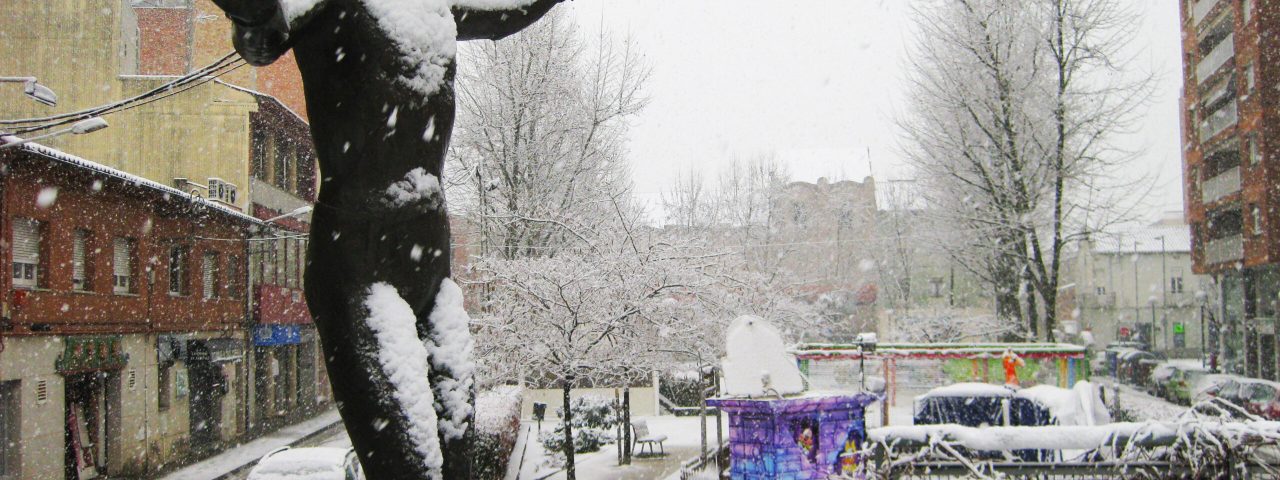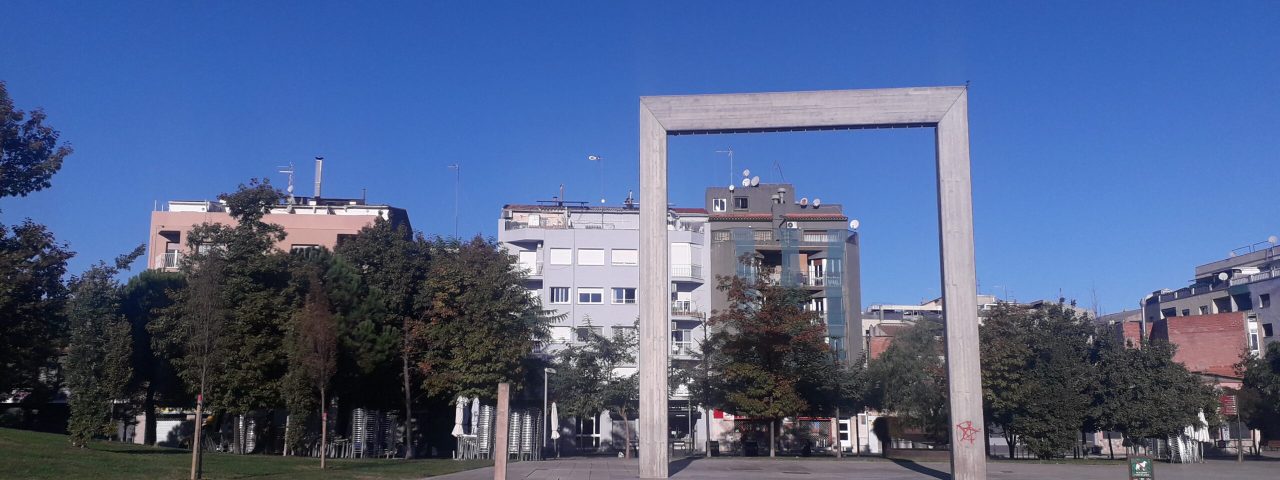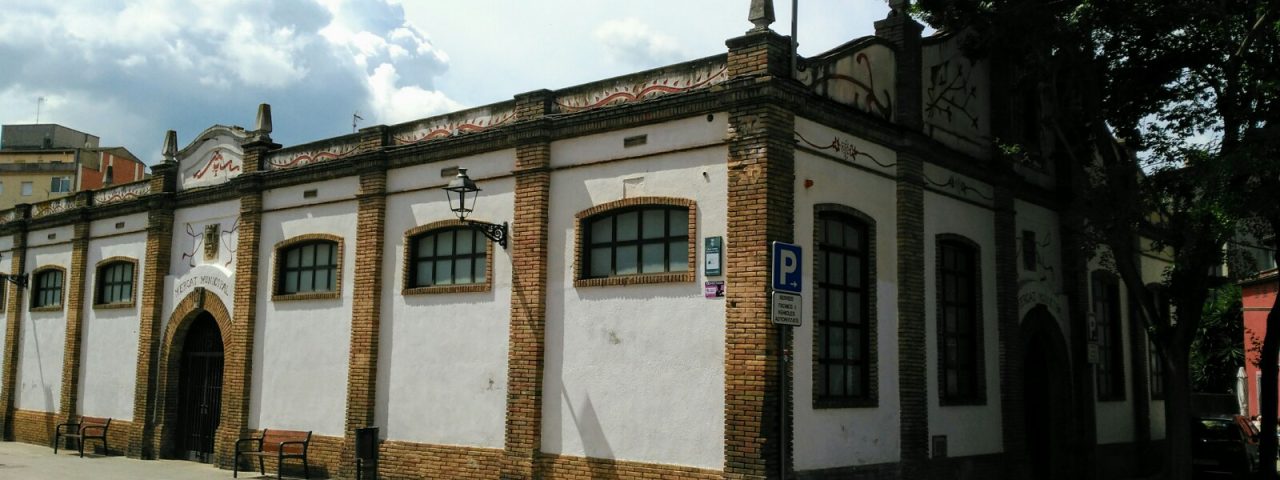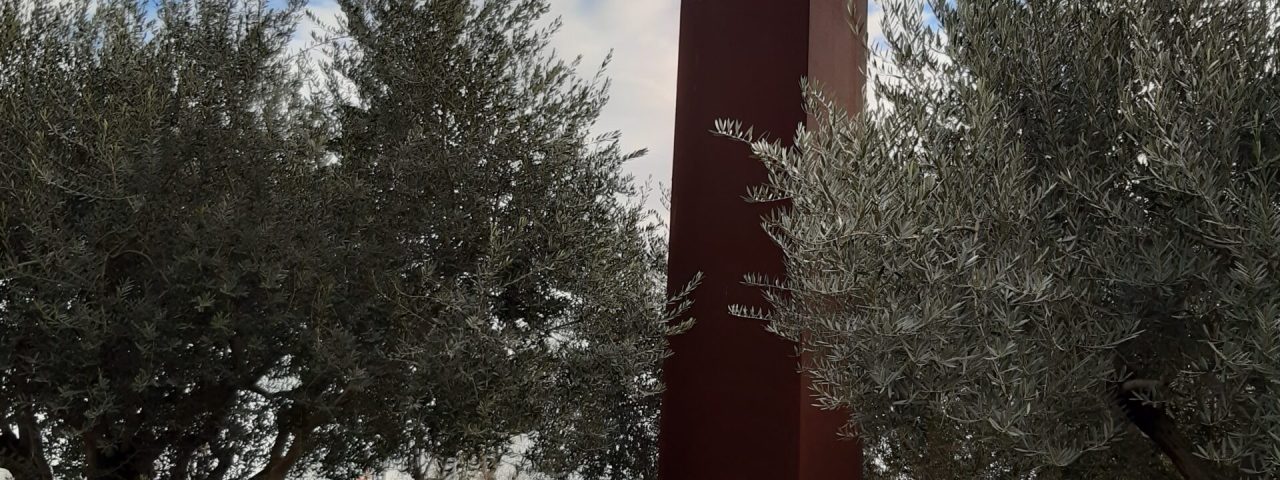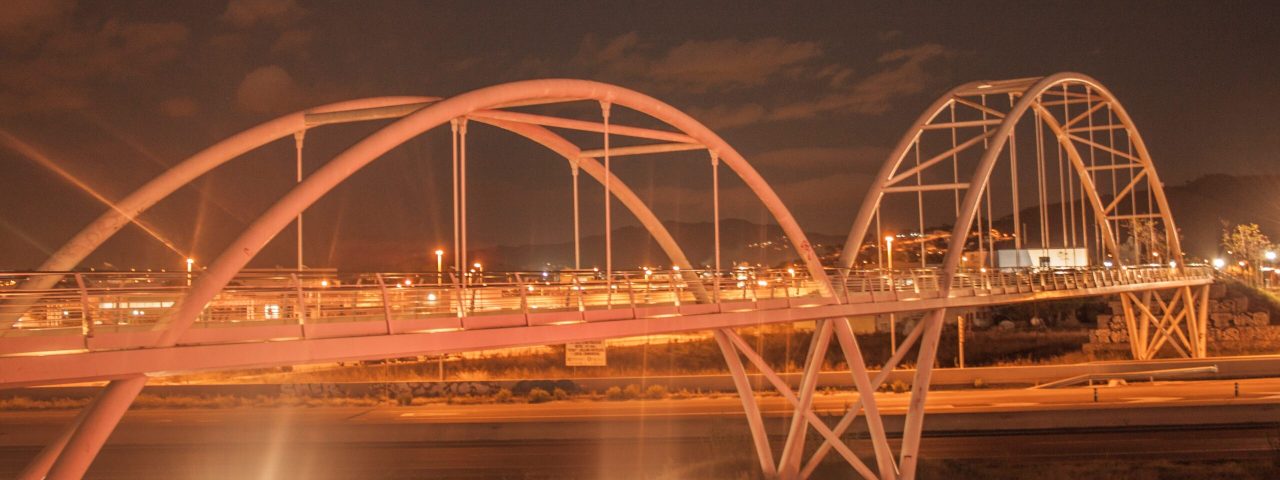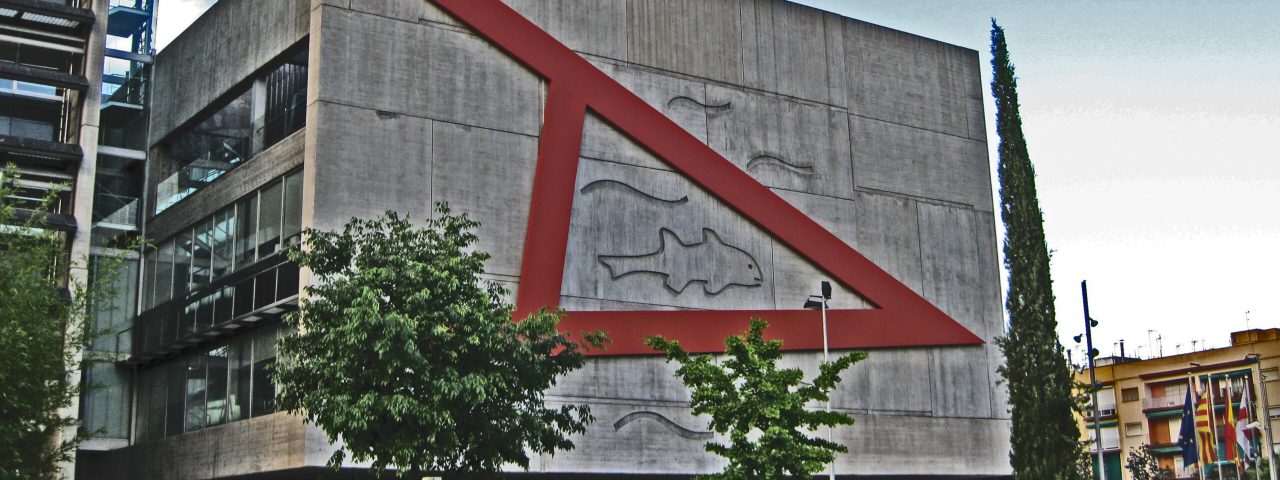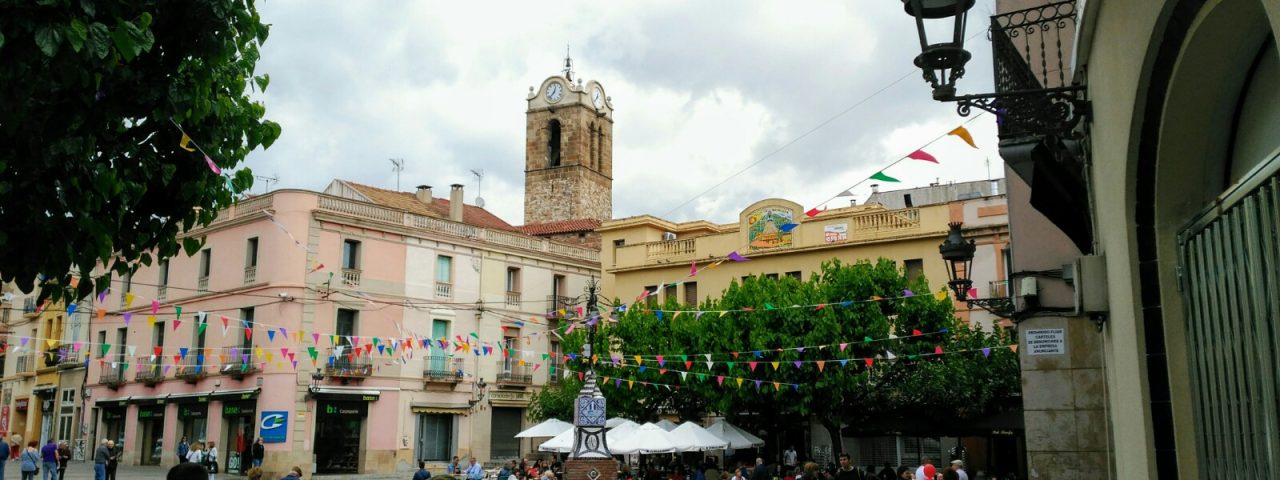Mollet del Vallès has a rich history that dates back to ancient times, with archaeological remains suggesting the presence of settlements as far back as the Roman era. Throughout its history, Mollet has been influenced by various civilizations, including the Visigoths and the Moors, although its primary development came during the medieval period. The city has seen significant growth since the 19th century, transitioning from an agrarian society to an industrial hub, yet it has retained its historical charm, particularly in its old town and cultural traditions.
Culturally, Mollet is deeply rooted in Catalonian traditions, with several local festivals and events held throughout the year. One of the most popular is the Festa Major d’Hivern, celebrated in honor of Sant Vicenç, the city’s patron saint. Another significant event is the Festa Major d’Estiu, which takes place during the summer and is marked by parades, music, and fireworks, drawing both locals and tourists. The city also embraces Catalan customs, including traditional dance performances and castellers (human tower-building), offering visitors a deep dive into Catalonia’s unique cultural identity.
Mollet’s local history is reflected in its landmarks and institutions, such as the Can Mulà building, a historical farmhouse converted into a library and cultural center. The city also houses the L’Aplec de Sant Vicenç, a religious pilgrimage and traditional fair that attracts participants from all over the region, showcasing its deep-rooted spiritual and communal traditions.
